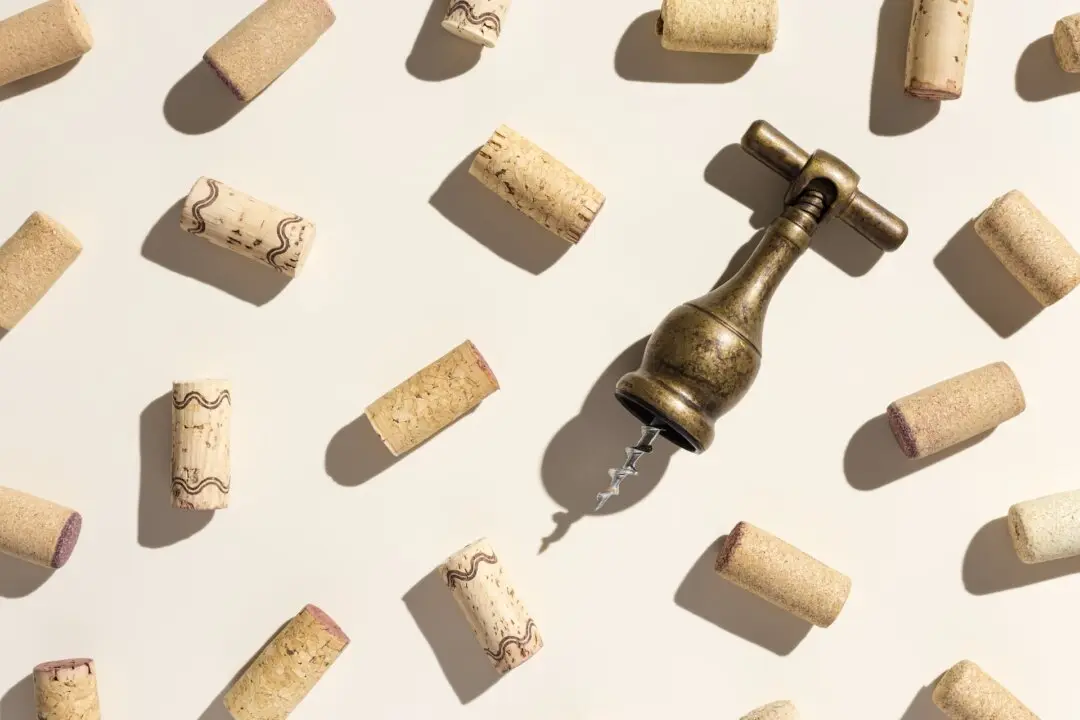One of my worst days as a wine writer came about 10 years ago when I tried to lift a 12-bottle box of wine and heard something in my back that didn’t sound very good. It also was painful. The resulting disability has continued to plague me for a decade.
The subject of huge bottles that weigh a lot more than they once did is not a new subject for me, especially since I have suffered over the last several years from a compressed disc that I suspect was caused by excessive weight from lifting oversized cases of wine.





